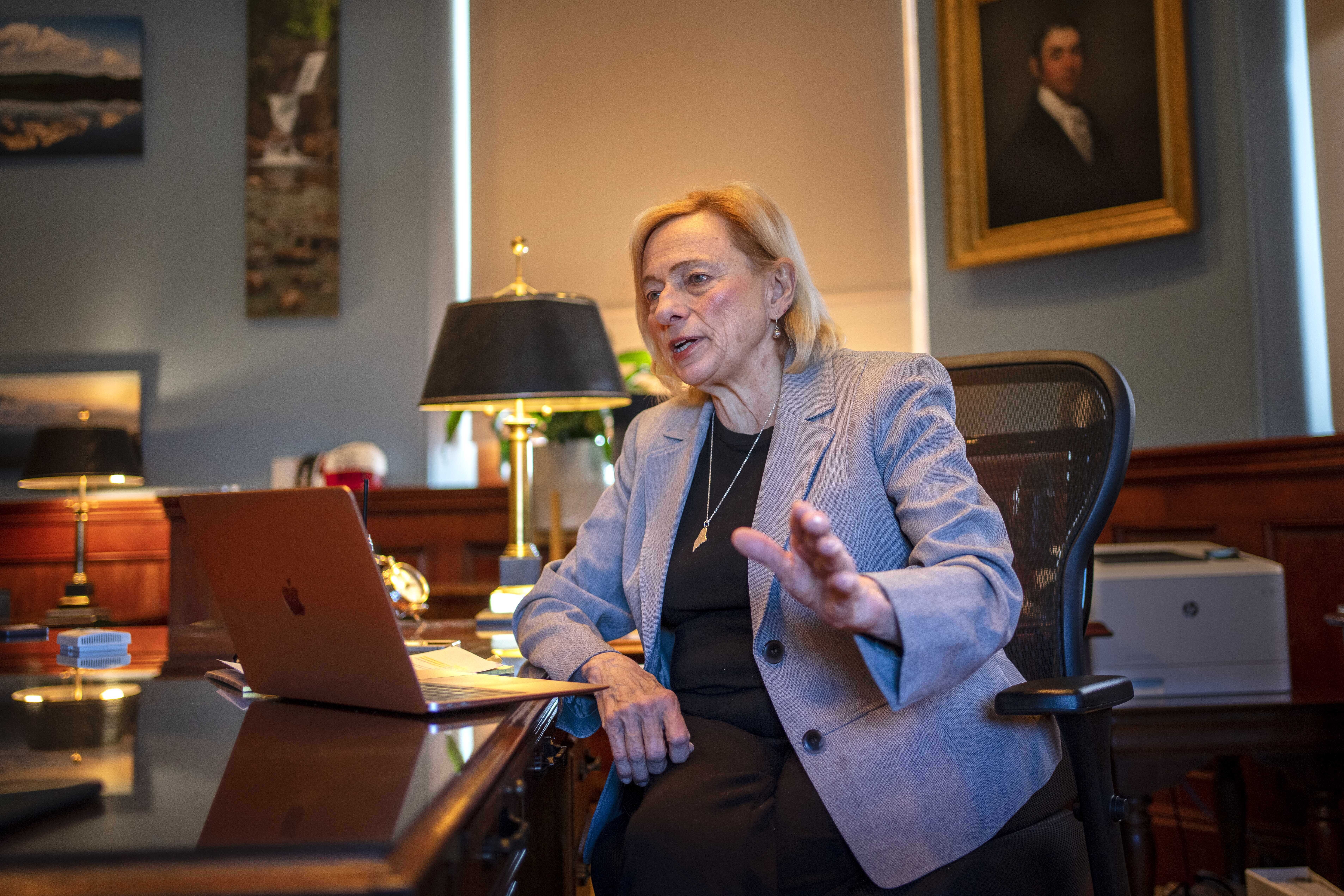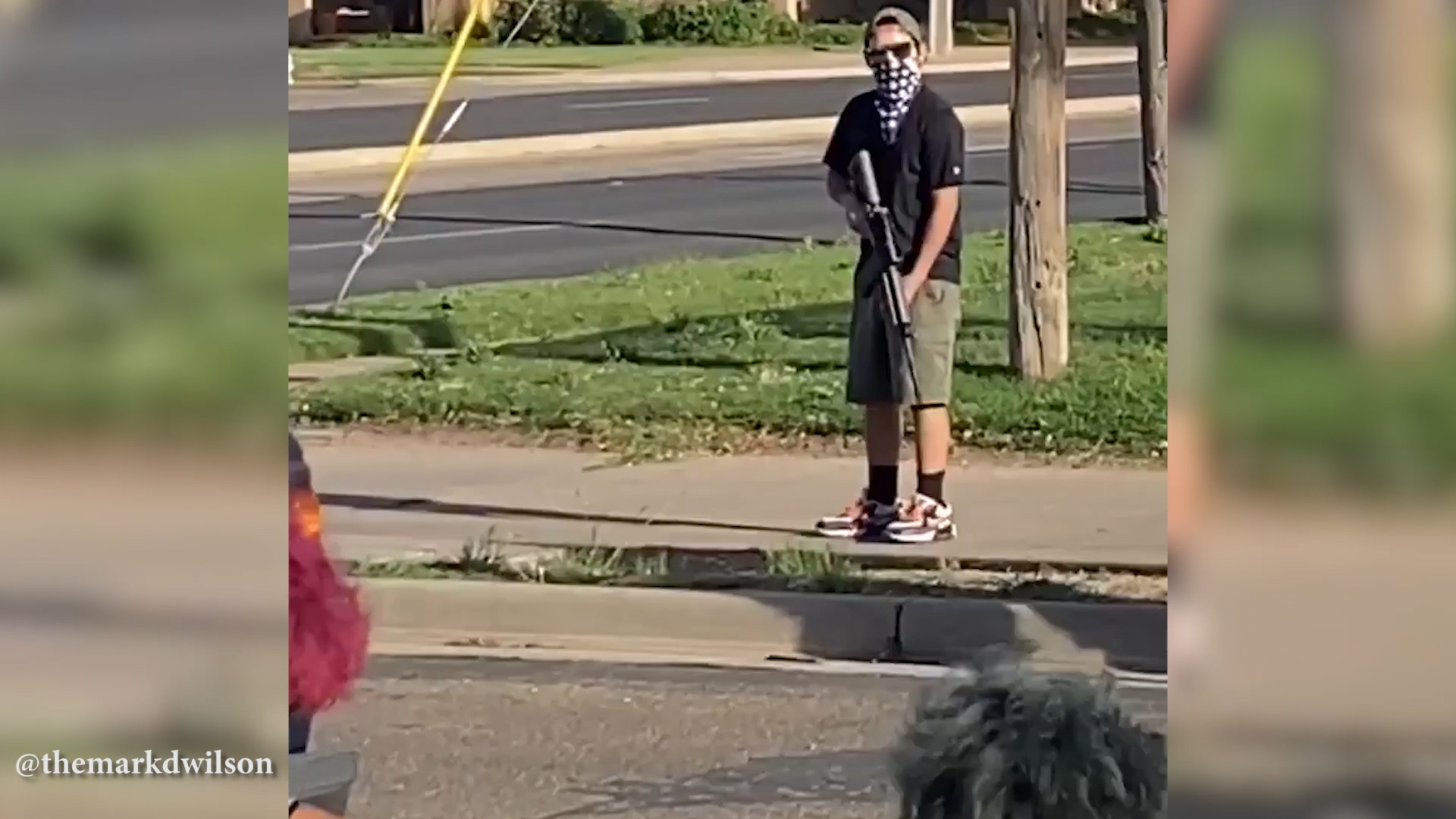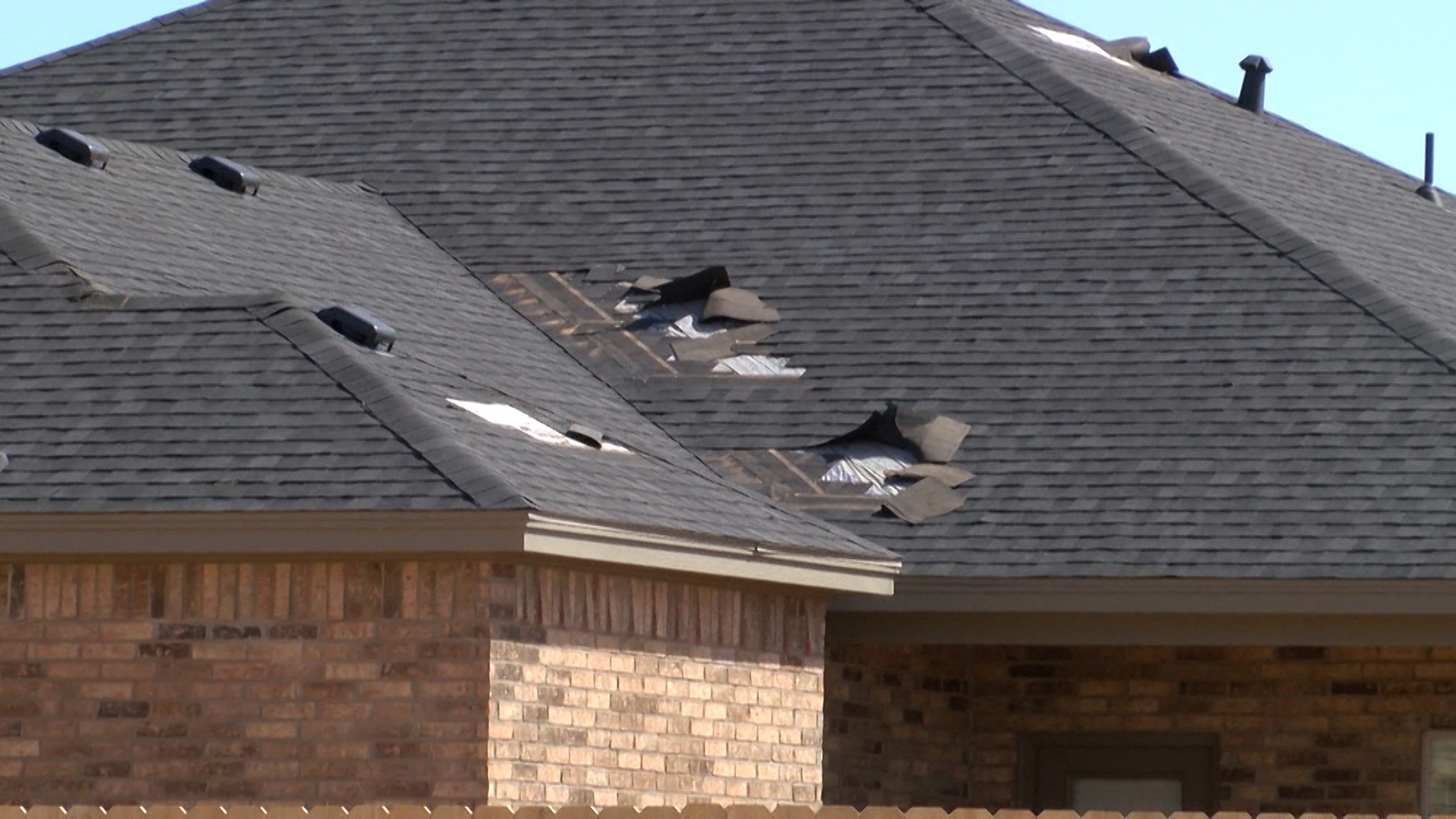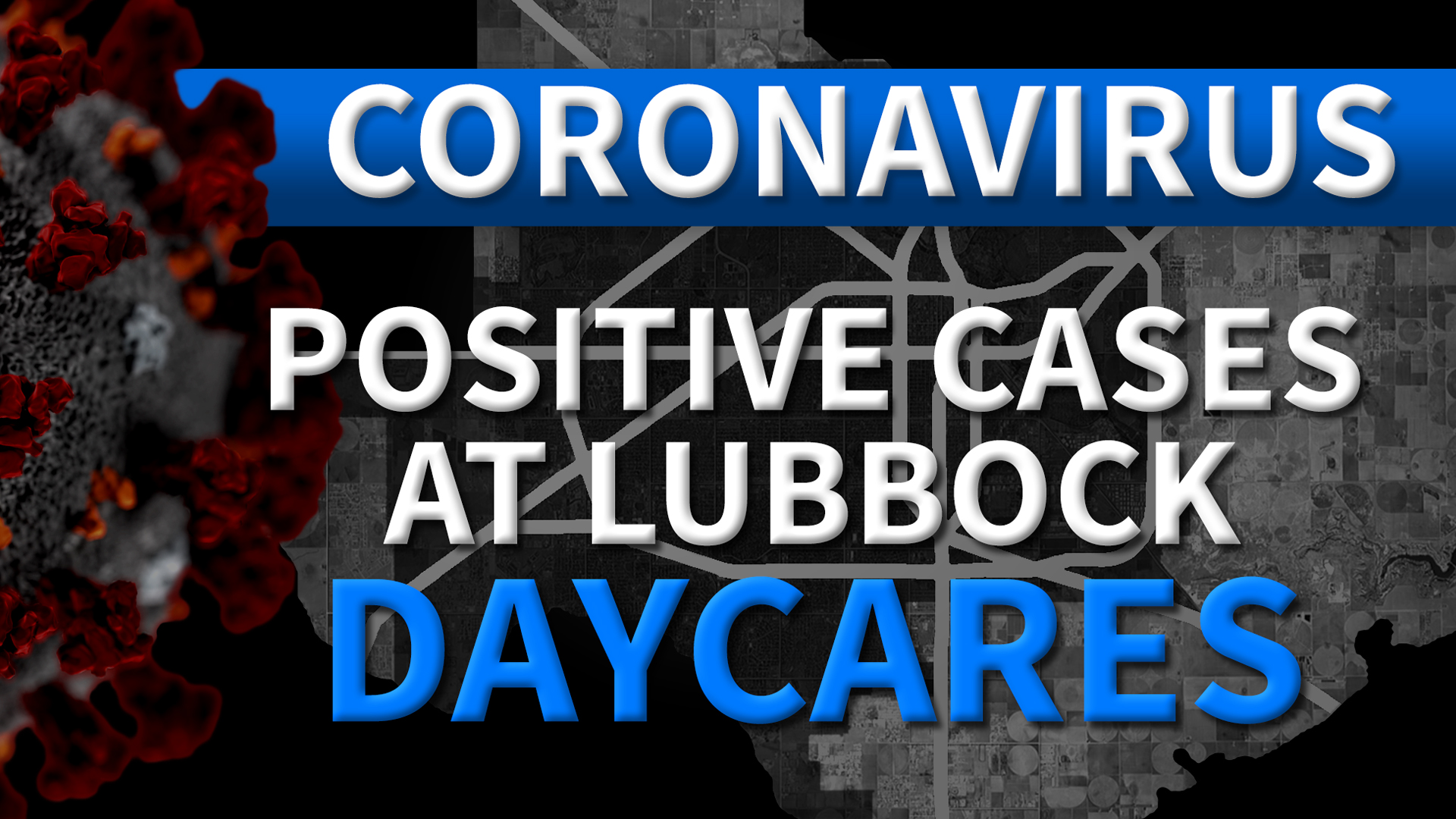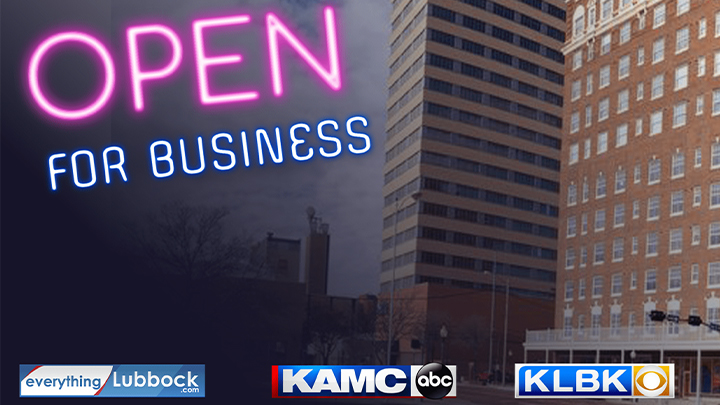COLLEGE STATION, Texas (Nexstar) — They’re intimate stories, and they’re on display for the public to see.
The often uncomfortable topic of sexual assault is front and center at Texas A&M’s Reynolds Gallery in the Memorial Student Center on the university’s campus.
The “What Were You Wearing” exhibit is by students, for students, using submissions from students.
The featured outfits embody what sexual assault survivors were wearing when they were violated.
The installation aims to break the stigma of society questioning sexual assault survivors by asking what they were wearing during their assault, as though they are responsible for the abuse.
“The ‘What Were You Wearing’ exhibit is a great way that the students were able to embody not only awareness of sexual violence but also education around this question of what were you wearing not mattering so much as trauma informed care should matter more,” Denise Crisafi, coordinator of the interpersonal violence prevention for the department of Health Promotion at Texas A&M.
Each outfit is accompanied by a short description of what the survivor was wearing when that person was assaulted, a stark reminder that clothing plays no true role in assault.
“This happens to more individuals than i think a lot of folks are willing to admit or recognize,” Crisafi said.
“You want students to understand it and do something more with it,” she said, adding that the exhibit serves as an eye-opener for people who might not have a personal experience with sexual violence.
The installation resonates with Dr. Nancy Downing, an assistant professor at the school’s College of Nursing. Downing, a forensic nurse, has 15 years of experience as a sexual assault nurse examiner.
“I’m often handling the clothing they were wearing, so for me, all the clothing you see here really represents a patient that i may have taken care of,” Dowling said as she gestured through the gallery.
“My patients often wonder what they did to have caused the sexual assault,” she explained. “It really represents not just the clothing they were wearing but all the other ways they feel blame for what happen to them.”
Downing said eliminating myths about sexual assault are crucial for survivor healing as well as societal education.
“Sexual assault happens to anyone— doesn’t matter what they’re wearing, doesn’t matter what they’re doing, doesn’t matter who they are,” she said. “I feel as though that’s a huge educational benefit because that person someday could be sitting as a juror in a case of sexual assault.”
The campus exhibit features university student stories, but other installations around the state feature broader submissions.
At Austin-area non-profit Stop Abuse For Everyone (SAFE), they’re collecting submissions for a similar upcoming exhibit.
“It doesn’t matter where you are, anybody can share their story,” SAFE’s community education trainer Ileana Aguilar, who is leading the project, said.
“A lot of survivors never tell anybody about what happens to them, so people live with their experiences as a secret,” she explained. “Therefore, healing is really hard.”
“It’s a safe place for people to share and find solidarity and find maybe a common ground with other people and go from there in that healing process,” she said.
Anonymous submissions for the SAFE exhibit will go on display at the General Consulate of Mexico in Austin from April through June. April is Sexual Assault Awareness Month.
The exhibit at Texas A&M will remain open through Dec. 20.




